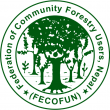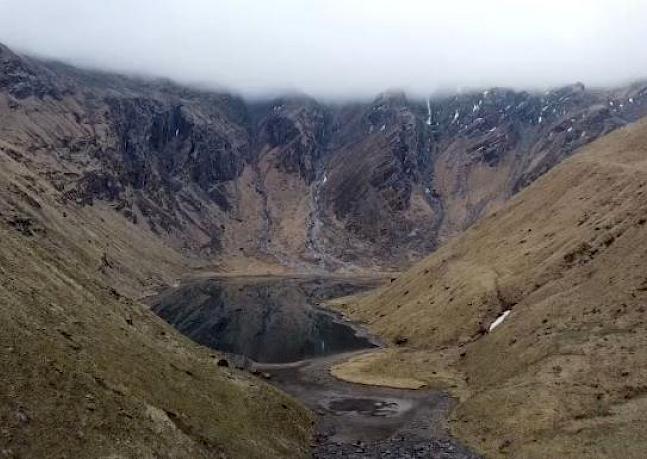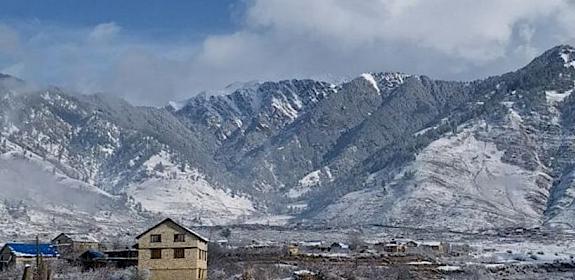
Nepal’s Himalayan forests, rich in biodiversity and home to numerous keystone species, are under threat. Overharvesting of wild plants and fungi, climate change, illegal trade, and inequitable supply chains jeopardise local livelihoods and the delicate balance of these ecosystems.
Following 6 years of piloting initiatives to help local communities in the high Himalayas sustainably harvest and trade traditional plants and herbs, TRAFFIC is expanding its approach to reach even more harvesters, communities, species, and landscapes.
This project will benefit not only the Himalayan region but also serve as an example for other biodiversity-rich areas worldwide. Explore WildCheck platform for the context of risks and opportunities associated with global wild plants harvesting and trade, including the project flagship species Jatamansi Nardostachys jatamansi.
Together with partners, TRAFFIC is conserving Himalayan plants and fungi through sustainable trade, empowering local communities, protecting fragile ecosystems, and transforming the trade of wild-harvested ingredients to be more equitable and sustainable. This collaborative effort is driving positive change, ensuring that both people and nature thrive in the Himalayan region.
We are building on successful projects in the Western Himalayas, expanding our efforts across the region. We honour the use of traditional knowledge while working within national and international guidelines to protect nature.
Read our brochure for key information.
Over 40 Non-Timber Forest Products
are harvested and traded internationally
TARGET SPECIES
Jatamansi-Nardostachys jatamansi, Kutki- Neopicrorhiza scrophulariiflora, Setochini-Polygonatum spp., Banlasun/Kaloli-Fritillaria cirrhosa, Atis- Delphinium himalayae, Satuwa-Paris polyphylla, Sugandhawal-Valeriana jatamansi, Guchi chyau- Morchella esculenta, Padamchal-Rheum australe, Panchaaule-Dactylorhiza hatagirea, Yarsagumba- Ophiocordyceps sinensis.
Impact
Empowering communities
Through training of harvesters, the project will improve incomes and food security for 10,000 individuals, with a special focus on gender empowerment and social inclusion
Training session on good harvesting practices of Jatamansi, Jumla district, Nepal © ANSAB
i
Restoring Ecosystems
Over 100,000 hectares of high-altitude Himalayan ecosystems will be sustainably managed, ensuring the survival of vital habitats for rare and endangered species like Jatamansi, with national-level stock-assessment of ~1.5 million hectares informing landscape-level conservation in the high altitude Himalayan range - one of most climate-change affected regions of the world.
Patarasi Mountain, Patarasi Rural Municipality of Jumla district. © ANSAB
i
Equitable Trade for All
A traceability system will be piloted, tracking products from forest to market, ensuring fair prices for harvesters and guaranteeing responsible sourcing for buyers.
Herbarium used for identification and demonstrations ©ANSAB
i
Championing Policy Change
The project will influence policymakers at all levels to adopt sustainable trade practices, ensuring the long-term health of the Himalayan ecosystem.
Jatamansi Plant © ANSAB
i
partners
This project was made possible thanks to:







Collaborators
Ministry of Forests and Environment, Nepal; Nepal Herbs and Herbal Products Association (NEHHPA); China Association of Traditional Chinese Medicine (CATCM); China Standard Conformity Assessment Co. Ltd. (CSCA); and Terra Himalaya Pvt. Ltd. are project collaborators.
"Scaling conservation of Himalayan plants and fungi through sustainable trade" is building upon our previous work, such as promoting the sustainable trade of Jatamansi in Nepal and empowering harvesters of medicinal plants in the Himalayas through training and fair-trade practices. These successful initiatives have laid the groundwork for this expanded project, which aims to replicate these positive outcomes across a wider range of Himalayan plant and fungi species and the communities that depend on them.
Jatamansi harvesting site © ANSAB
i
Succeeding with CITES: Sustainable and equitable Jatamansi trade from Nepal
This project successfully facilitated legal and sustainable trade of CITES-listed species in Nepal. It implemented a fair and sustainable Jatamansi trade model, addressing threats to local livelihoods and biodiversity. This resulted in Jatamansi conservation, increased incomes, and CITES compliance.
Himalayan plants for people: sustainable trade for biodiversity and development
This project aimed to improve livelihoods in Nepal's high Himalayas by promoting sustainable trade of medicinal plants. It focused on training harvesters, enhancing forest management, and integrating non-timber forest products into Community Forestry.
This project is kindly funded by the UK Government through the Darwin Initiative.







